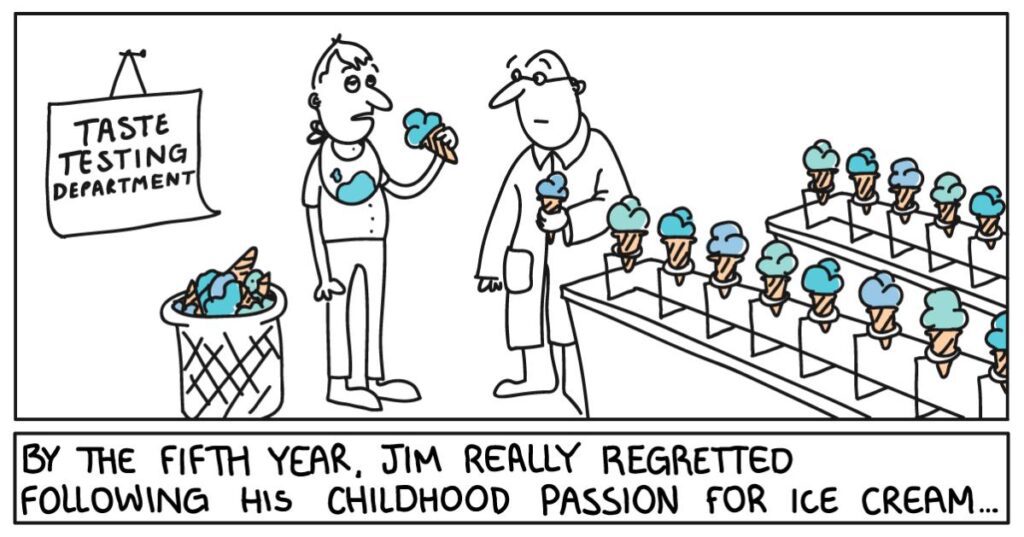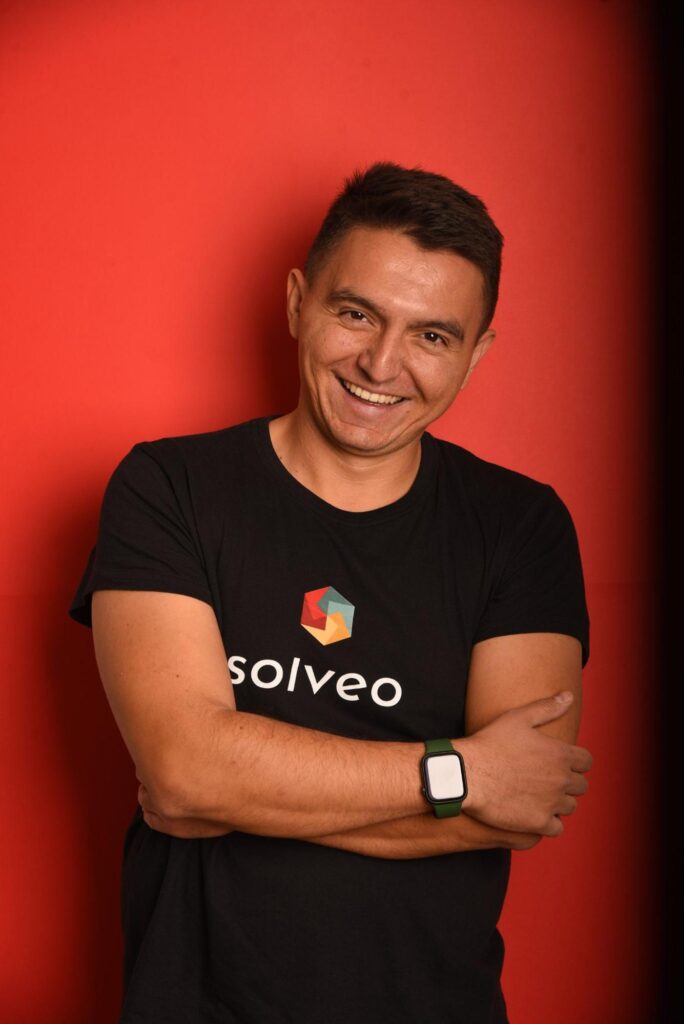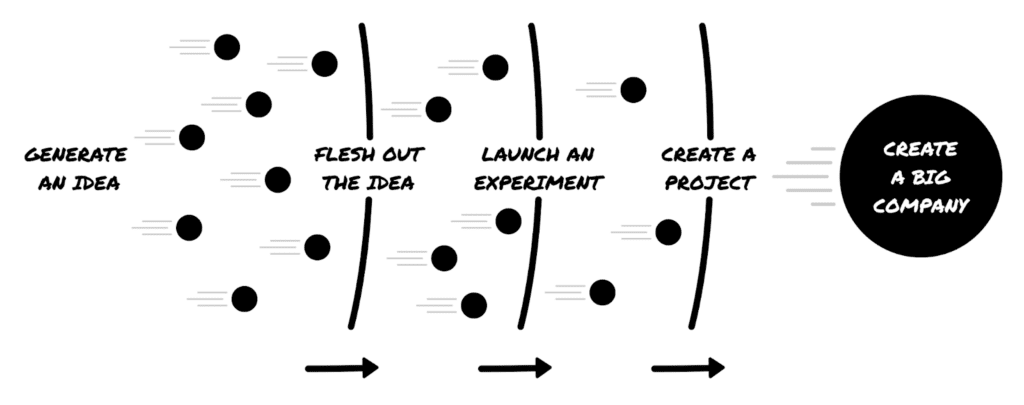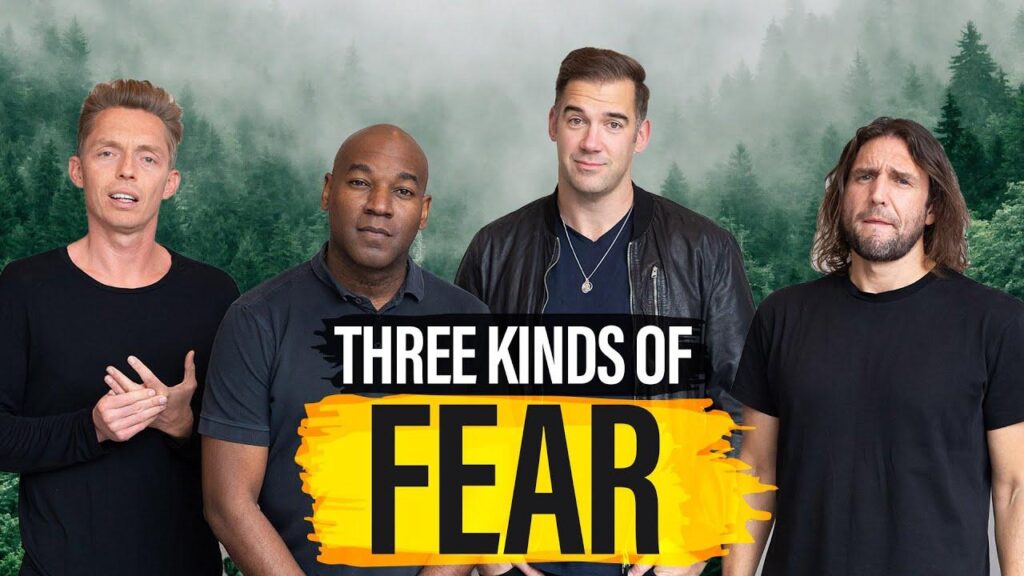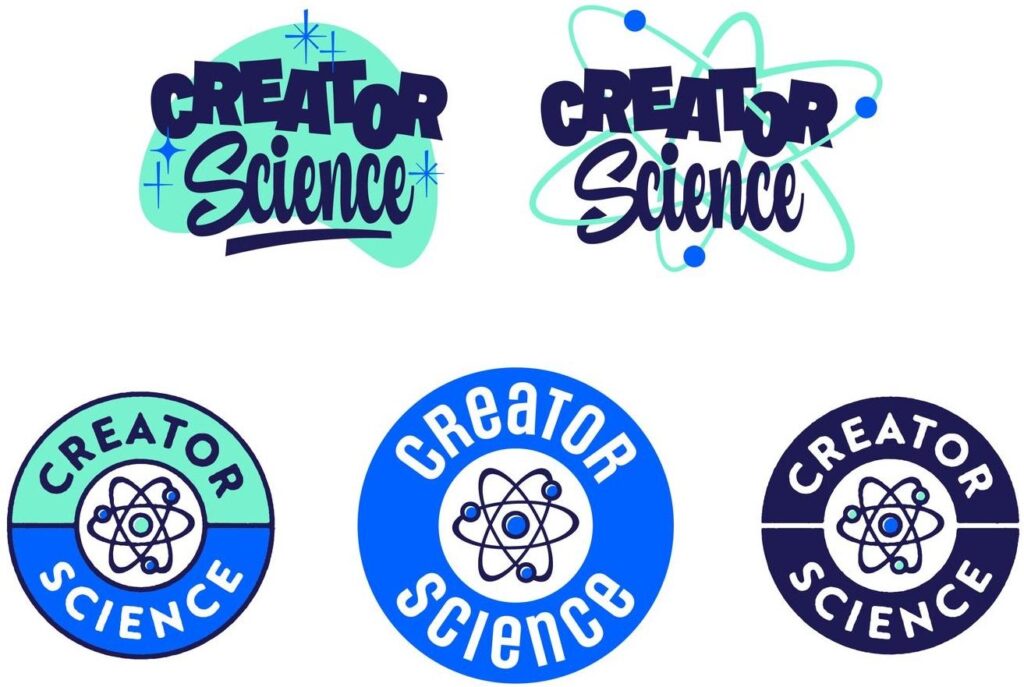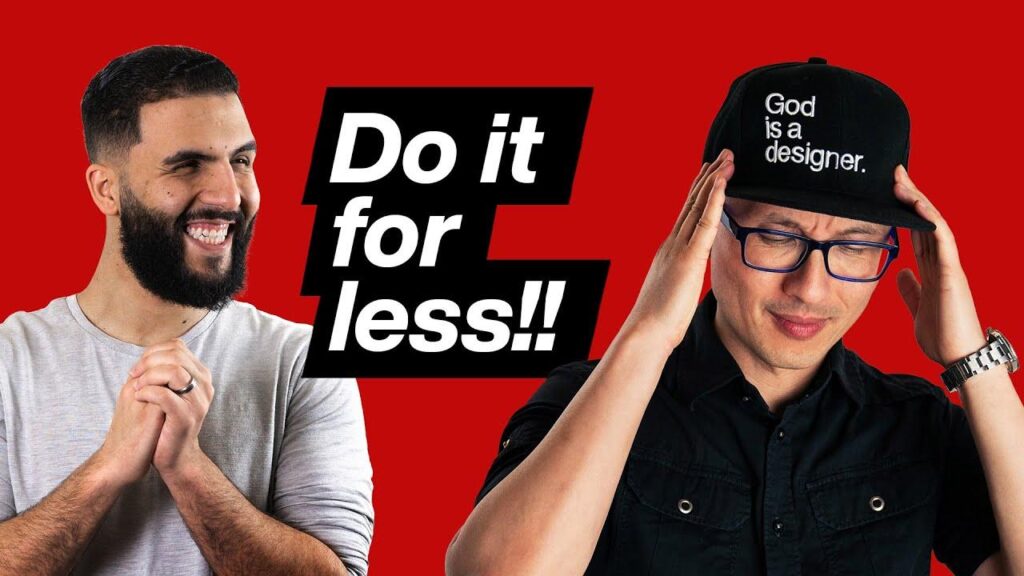
“I’ve sold millions of dollars of work this way.” — Brett Williams
❓ What You’ll Learn
- How to get early clients?
- Who is building unlimited services in public?
- Where to find qualified prospects?
- Why should you offer a demo call?
- How to lower market risk?
- How to onboard clients without friction?
- How to build lead lists?
- How to earn predictable revenue?
- How to retain clients for longer periods?
- Who runs million-dollar unlimited services?
- Why do traditional agencies offer unlimited services?
- What tools make it easier to manage unlimited services?
- How to deal with demanding clients?
- How to position yourself as an industry expert?
🔍 Problem
Businesses need design, development and marketing work done.
Without a complex buying process.
💡 Solution
Unlimited services let customers outsource tasks with a predictable price, scope and time frame.
🏁 Players
Unlimited Services
- Baked Design • Product and UX design by Nick
- Stakeholders • Automation services for growing companies by Justin Watt
- Video Husky • Video editing services by Justin Tan
- UnlimitedAppDevelopment • Web and mobile app development
- Phasma • Design for tech companies by Hermione Gogou
- Conversion Factory • Design, copywriting, brand optimization and more
- ManyPixels • Logos, web design, illustrations and more
🛠 How to Build Unlimited Services
- Build in public to earn trust, early customers and feedback.
- Nick is building Baked Design in public.
- Ch Daniel is building SaaSPad in public.
- Justin Watt is building Stakeholders in public.
- Brett Williams shares lessons learned while building Designjoy in public.
- Reach out to prospects via social media, job boards and referrals. It’s easier to sell your services to someone who needs the job done.
- Davor Egyed used warm outreach and grew Derokki to $7,800 MRR in 17 days.
- Luka Mlakar applied to companies on LinkedIn and job boards looking for services provided by Flowout.
- Cameron Baughn runs DesignFriend. He sends cold emails to recently funded startups and companies with open designer jobs.
- Offer a demo call to learn more about prospects and answer unique concerns.
- Storehelper lets you book a demo of their Shopify development services.
- Flow Sparrow offers a free call to share solutions to your website problems.
- GoDesignGo offers a discovery call to help you learn more about their services.
🌱 How to Grow Unlimited Services
- Make it easy to sign up to lower friction.
- Flowspark lets you sign up in 2 minutes.
- Product Alchemy lets you sign up in 1 click.
- Davor Egyed redesigned Derokki to offer fast sign-ups.
- Brett Williams says it’s faster to sign up to Designjoy than to buy a t-shirt.
- Use scarcity. Fear of missing out is a strong buying trigger.
- Draftmade works with 5 companies each month.
- Imperius Films shares the number of spots left for new clients.
- Design Rack says they have limited availability and adds new clients to a waitlist.
- Use lead magnets to get the contact details of your prospects.
- DotYeti offers a marketing report and 150+ illustrations.
- DarkRoast offers 100+ ideas for high-impact marketing projects.
- Design Pickle offers a guide on how unlimited graphic design works.
💰 How to Monetize Unlimited Services
- Use recurring subscriptions to get predictable revenue.
- Buildpath offers Shopify development for $4,995 and $7,995 per month.
- Black Mammoth offers web development services for $19,995-$31,995 per month.
- UnicornGO charges $399-$999 per month for unlimited design, content and video editing.
- Offer a paid trial to make money while testing demand.
- AutoGrow offers a 7-day trial for $7.
- ViralVerse offers a 1-week trial for $77.
- Storehelper offers a 10-hour trial package for $890.
- Zensite offers a 7-day trial of their best plan for $999.
- Let clients pay per quarter or year. They get a discount. You get a retainer.
- Drip Fed Design lets you pay per month or quarter.
- Joyflo lets you save more by paying per month, quarter or year.
- Imaginary Space breaks down its flat fee per month, quarter or year.
🔮 Predictions
- We’ll see million-dollar unlimited services.
- Hunter Hammonds grew his unlimited services to 7 figures.
- Johnathan Grzybowski and Khai Tran grew Penji to $350,000 MRR.
- Brett Williams grew Designjoy to ~$1,500,000 ARR and made $3,000,000 in total. He’s a million-dollar, one-person business.
- Traditional agencies will offer unlimited services to move to a more scalable business model.
- All Hands is a design studio. They launched Rhythm with unlimited design requests.
- HeyHiHello is a digital product and UX agency. They launched an unlimited design subscription for startups.
- Scandiweb is an eCommerce agency. Their design team launched green pixel with unlimited design services.
- Ebda is a full-service agency for Webflow design, development and marketing. They offer unlimited Webflow development.
- We’ll see niche B2B SaaS apps for running unlimited services. They will make it easier to manage clients and payments.
- Breeew lets you manage tasks, chats and subscriptions.
- Zendo helps you sell productized, recurring and custom services.
- Queue lets you manage payments, feedback and clients in one platform.
- Service Provider Pro is a client portal for productized digital marketing, SEO and content agencies.
😠 Haters
“Unlimited is misleading.”
The “one request at a time” rule prevents scope creep. This makes it impossible to abuse the system.
“How to deal with the most demanding clients when the cost of service outweighs revenue?”
It may be that your services are not a good fit for the most demanding clients. Those who need a full-time professional may not be your ideal customer. There are clients who have small, occasional needs for your service. This is your gold mine.
“Unlimited revisions lead to bad quality. Why bother if we can revise ‘one more time’?”
Poor execution will lead to churn and bad word of mouth. Unlimited requests and revisions are part of your value proposition. But the deciding factor is the quality of your services.
🔗 Links
- $2,000,000+ ARR with Service Businesses • The thread for this report.
- Build a Report on “Unlimited” Services • The tweet behind this report.
- Make Millions With a One-Person Business • How Designjoy grew to $1,500,000 ARR.
- Position Your Agency for Growth • How to position your agency as an industry expert.
📁 Related Reports
- Productized Services • Stop trading hours for dollars.
- Consulting • Monetize your expertise.
- Lead Generation • Find potential customers with high lifetime value.
- Build in Public • Get early customers and feedback.
- Influencer Marketing • Build brand awareness and find customers.
🙏 Thanks
Thanks to Kevin Galang, Vinamra Agrawal, Stewart Townsend and Uwe Dreissigacker. We had a great time jamming on this report.
✏️ Emin researched and wrote this report. Dru researched and edited this report.
📈 What else?
Trends PRO #0135 — Unlimited Services has more insights.
What you’ll get:
- 26 Unlimited Service Examples (272% More)
- 9 Ways to build “unlimited” services (200% More)
- 13 Ways to grow “unlimited” services (333% More)
- 12 Ways to monetize “unlimited” services (300% More)
- 8 Predictions (167% More)
- 10 Links (150% More)
With Trends Pro you’ll learn:
- (📈 Pro) How to lower competition?
- (📈 Pro) Who got $16,112 MRR by onboarding existing freelance clients?
- (📈 Pro) How to productize yourself?
- (📈 Pro) Who got 11 clients in 3 days by launching on app platforms?
- (📈 Pro) How to build social proof?
- (📈 Pro) How to reach new audiences?
- (📈 Pro) How to build brand awareness?
- (📈 Pro) How to get warm leads?
- (📈 Pro) How to take on more clients without burning out?
- (📈 Pro) How to piggyback on someone else’s audience?
- (📈 Pro) How to look more attractive than competitors?
- (📈 Pro) How to add value with white-label services?
- (📈 Pro) How to serve clients with complex needs?
- (📈 Pro) How to add specificity to your offer?
- (📈 Pro) How to boost the value of higher paid plans?
- (📈 Pro) How to get more leads in your sales funnel?
- (📈 Pro) How to turn spare hours into revenue?
- (📈 Pro) Why should you reserve unlimited services for the highest plans?
- (📈 Pro) How to scale revenue without spending more time working?
- (📈 Pro) Who was selling a stake in an unlimited service business for $14,000/mo?
- (📈 Pro) Who offers pre-built teams for clients?
- (📈 Pro) Why agencies get stuck at $50,000 MRR?
- (📈 Pro) What marketing strategies can help you grow to $100,000 MRR?
- And much more…
Get Weekly Reports
Join 54,000+ founders and investors
📈 Unlock Pro Reports, 1:1 Intros and Masterminds
Become a Trends Pro Member and join 1,200+ founders enjoying…
🧠 Founder Mastermind Groups • To share goals, progress and solve problems together, each group is made up of 6 members who meet for 1 hour each Monday.
📈 100+ Trends Pro Reports • To make sense of new markets, ideas and business models, check out our research reports.
💬 1:1 Founder Intros • Make new friends, share lessons and find ways to help each other. Keep life interesting by meeting new founders each week.
🧍 Daily Standups • Stay productive and accountable with daily, async standups. Unlock access to 1:1 chats, masterminds and more by building standup streaks.
💲 100k+ Startup Discounts • Get access to $100k+ in startup discounts on AWS, Twilio, Webflow, ClickUp and more.
Brought to you by the team behind HeadsUp
